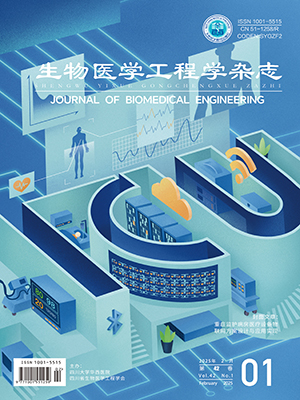The aim of this study is to evaluate the effect of laparoscopic simulation training with different attention. Attention was appraised using the sample entropy and θ/β value, which were calculated according to electroencephalograph (EEG) signal collected with BrainLink. The effect of laparoscopic simulation training was evaluated using the completion time, error number and fixation number, which were calculated according to eye movement signal collected with Tobii eye tracker. Twenty volunteers were recruited in this study. Those with the sample entropy lower than 0.77 were classified into group A and those higher than 0.77 into group B. The results showed that the sample entropy of group A was lower than that of group B, and fluctuations of A were more steady. However, the sample entropy of group B showed steady fluctuations in the first five trainings, and then demonstrated relatively dramatic fluctuates in the later five trainings. Compared with that of group B, the θ/β value of group A was smaller and shows steady fluctuations. Group A has a shorter completion time, less errors and faster decrease of fixation number. Therefore, this study reached the following conclusion that the attention of the trainees would affect the training effect. Members in group A, who had a higher attention were more efficient and faster training. For those in group B, although their training skills have been improved, they needed a longer time to reach a plateau.
Citation: LIUYun, WANGShuyi, ZHANGYanqun, XUMingzhe, YEShasha, WANGPeng. Assessment of laparoscopic training based on eye tracker and electroencephalograph. Journal of Biomedical Engineering, 2017, 34(1): 66-71. doi: 10.7507/1001-5515.201603072 Copy
Copyright © the editorial department of Journal of Biomedical Engineering of West China Medical Publisher. All rights reserved




